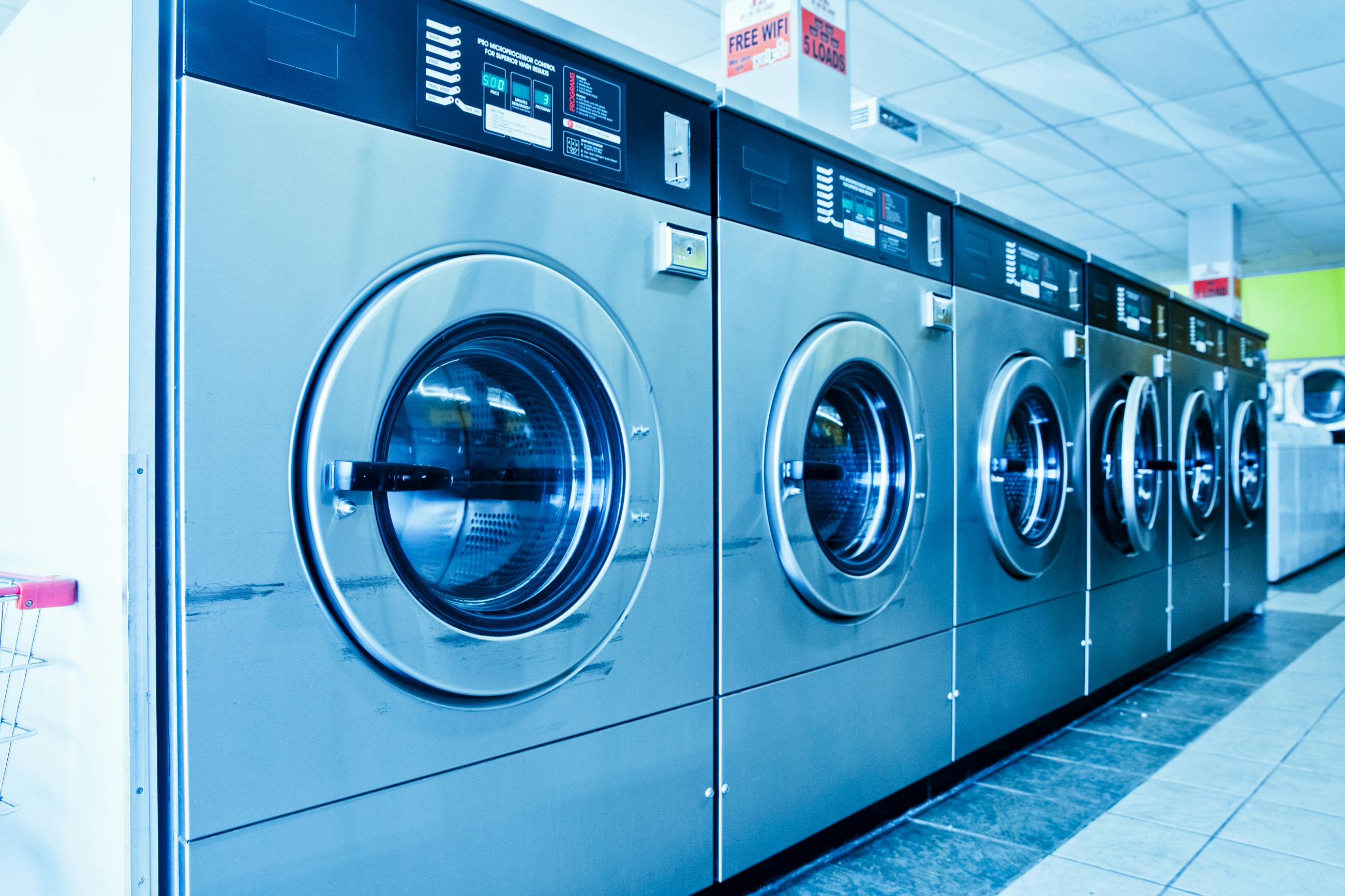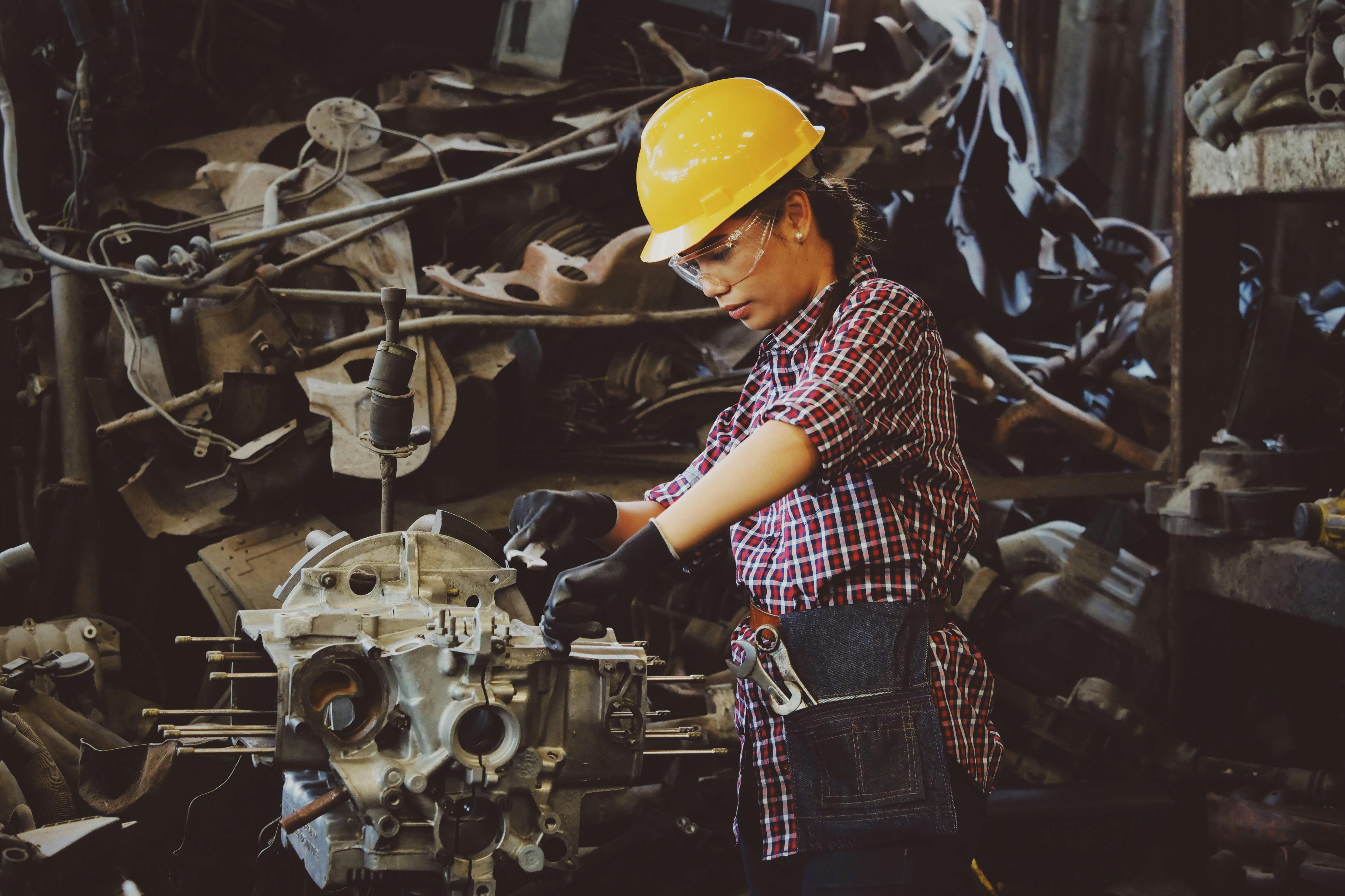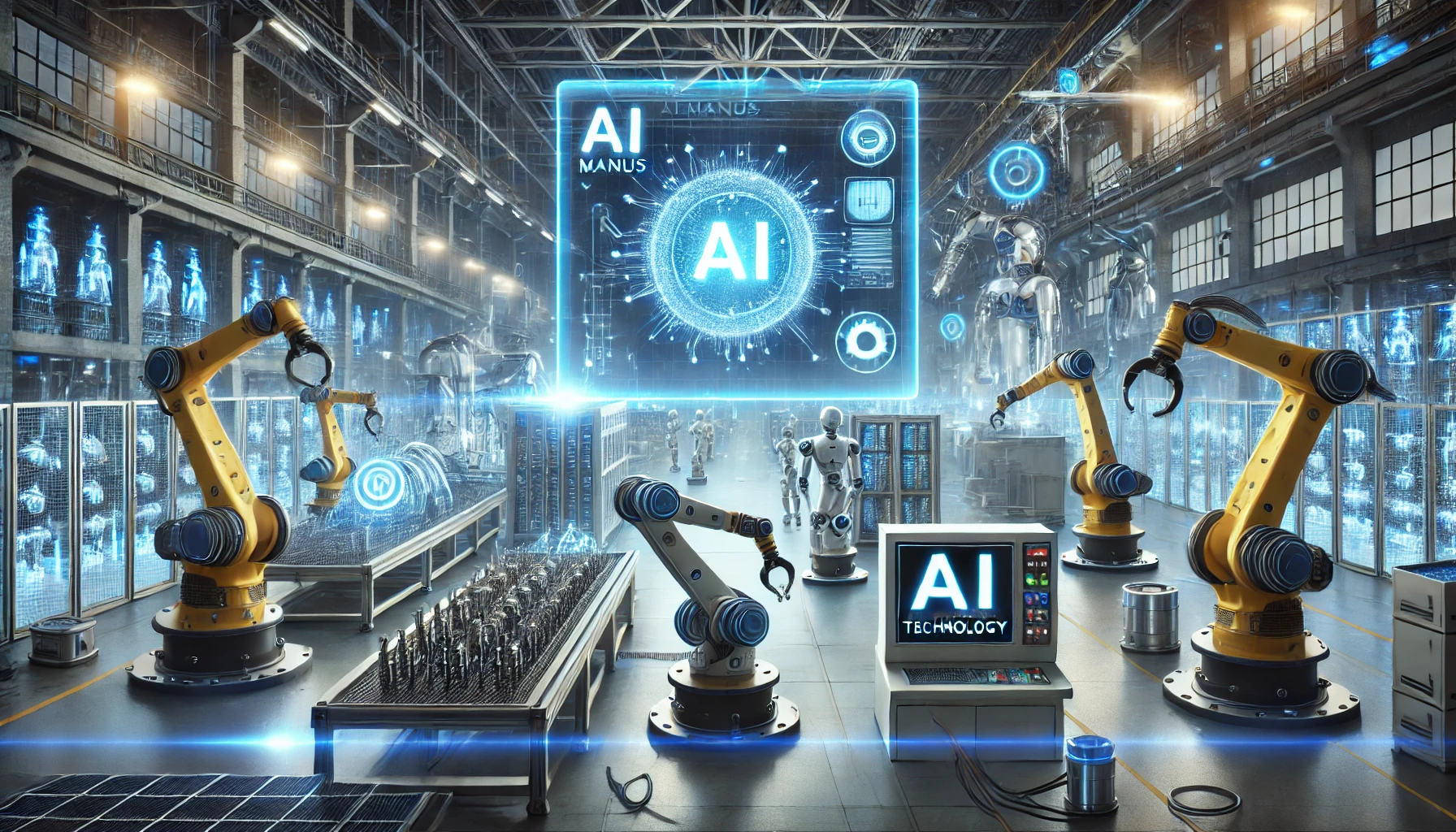
References & Resources
- SMITH, J. Artificial Intelligence in Industry. MIT Press, 2023.
- McKinsey Global Institute. “Is industrial automation headed for a tipping point?”, McKinsey Research, 2023.
- RODRIGUEZ, M. Industrial Automation 5.0. International Journal of Technology, Vol. 45, 2023.
- World Economic Forum. “Future of Jobs Report”, WEF Publications, 2023.
Introduction to AI Manus Technology
AI Manus technology is transforming industrial automation by introducing intelligent systems capable of learning, adapting, and optimizing processes with minimal human intervention. By combining machine learning, computer vision, and advanced robotics, this technology promises to increase efficiency, reduce costs, and minimize errors in production lines.
In this article, we’ll explore how AI Manus is redefining industry, its benefits, and the challenges for its large-scale adoption in manufacturing environments.
Table of Contents
- What Is AI Manus and How Does It Work?
- Benefits of AI Manus in Industry
- Challenges and Future of AI Manus
- The Future: Industry 5.0 and Beyond
- Conclusion
- Frequently Asked Questions
1. What Is AI Manus and How Does It Work?
AI Manus is a specialized application of artificial intelligence focused on industrial automation. Its competitive advantage lies in its ability to:
- Learn from real-time data (optimizing robotic movements)
- Identify failures before they occur (predictive maintenance)
- Adapt to different tasks without manual reprogramming
Unlike conventional automation systems, AI Manus incorporates neural networks that continuously analyze operational data, allowing machines to improve their performance over time without explicit programming for each new scenario.

2. Benefits of AI Manus in Industry
✔ Enhanced Operational Efficiency
- Reduction of idle time in production lines by up to 30%
- Precise control of speed and repeatability of tasks
- Autonomous quality control with defect detection rates exceeding 99.7%
✔ Cost Reduction
- Less material waste due to optimized processes
- Decrease in unscheduled downtime (thanks to predictive maintenance)
- Energy optimization saving 15-25% in utility costs
“AI Manus represents an evolutionary leap in how we manage industrial operations, enabling machines not just to execute, but to continuously learn and adapt.”— Industrial Technology Magazine, 2023
✔ Enhanced Safety
- Robots with AI sensors prevent collisions and accidents
- Replacement of humans in dangerous or repetitive tasks
- Real-time monitoring of environmental conditions and hazards
According to a 2023 McKinsey report, manufacturers implementing AI Manus technology have seen:
- 37% reduction in production errors
- 42% improvement in supply chain efficiency
- 29% decrease in maintenance costs
- 25% increase in production capacity

3. Challenges and Future of AI Manus
Despite advancements, several obstacles remain:
- High initial cost of implementation
- Resistance to change in traditional industries
- Need for qualified workforce for operation and maintenance
- Concerns about cybersecurity in connected industrial systems

| Indicator | Industry 4.0 | Industry 5.0 (AI Manus-enabled) |
|---|---|---|
| Automation Level | Partial | Near-complete |
| Human Intervention | Frequent | Strategic only |
| AI Integration | Moderate | Deep |
| Decision Making | Rule-based | Adaptive learning |
| Customization | Limited | Mass personalization |
4. The Future: Industry 5.0 and Beyond
The next phase (Industry 5.0) will further integrate humans and collaborative machines, with AI Manus acting as an intelligent “co-worker.”
Experts predict that by 2030, over 75% of manufacturing facilities worldwide will incorporate some form of AI Manus technology, creating a new paradigm of human-machine collaboration that combines the creativity and problem-solving abilities of humans with the precision and tirelessness of AI-powered systems.
Resource Links
Emerging Applications
- Cognitive Digital Twins — virtual replicas of physical systems that can simulate operational scenarios
- Swarm Robotics — multiple AI Manus units coordinating their actions for complex tasks
- Augmented Reality Integration — human operators using AR interfaces to work alongside AI systems
- Sustainable Manufacturing — AI optimization reducing environmental impact and resource consumption
Conclusion
AI Manus is not just a technological evolution — it’s an industrial revolution in progress. Companies that adopt this technology will gain a competitive advantage, while those that resist may fall behind in an increasingly automated marketplace.
The question is not “if” AI Manus will become essential, but “when” all factories will utilize it as standard practice in their operations.
As we move forward, the integration of AI Manus technology will redefine not just how products are made, but the very nature of manufacturing work itself, creating new opportunities for innovation, efficiency, and sustainable industrial practices.
Frequently Asked Questions
How much does it cost to implement AI Manus in a medium-sized factory?
Implementation costs for AI Manus vary significantly depending on the scale and complexity of operations. For a medium-sized factory, initial investment typically ranges from $250,000 to $1 million. However, return on investment (ROI) generally occurs within 18-36 months, with long-term operational cost savings of 20-40%. Many manufacturers opt for phased implementation to distribute costs while gradually building system capabilities.
Will AI Manus completely replace human workers?
No, AI Manus will not completely replace human workers. Instead, it will transform the nature of industrial work. While repetitive, dangerous, or precision tasks will increasingly be automated, new roles will emerge related to AI system supervision, maintenance, and optimization. The most efficient model is human-machine collaboration, where each contributes their specific strengths. Studies show that factories implementing AI Manus actually maintain or slightly increase their workforce while significantly increasing output and product quality.
Which industrial sectors benefit most from AI Manus?
Sectors benefiting most from AI Manus include: automotive (precision assembly and testing), electronics (high-precision component manufacturing), pharmaceutical (quality control and precise dosing), food manufacturing (food safety and efficiency), aerospace (inspection of critical components), and logistics (automated warehouse management). Industries with repetitive processes, high precision requirements, or hazardous environments gain the greatest benefits from AI Manus implementation.
How is AI Manus different from traditional industrial automation?
AI Manus differs from traditional automation in several key ways: it can learn and improve from experience without explicit reprogramming; it adapts to changing conditions in real-time; it can make complex decisions based on multiple data inputs; it can predict maintenance needs before failures occur; and it can work collaboratively with humans in shared spaces. Traditional automation typically follows fixed programming and requires manual adjustments for new tasks or conditions, while AI Manus systems continuously evolve their capabilities through machine learning.
Image Sources:
- Industrial robot by Cottonbro Studio (Pexels) – Free for commercial use with attribution
- Production line by ThisIsEngineering (Pexels) – Free for commercial use with attribution
- AI-controlled manufacturing (Pexels) – Free for commercial use with attribution
- Data visualization (Pexels) – Free for commercial use with attribution

